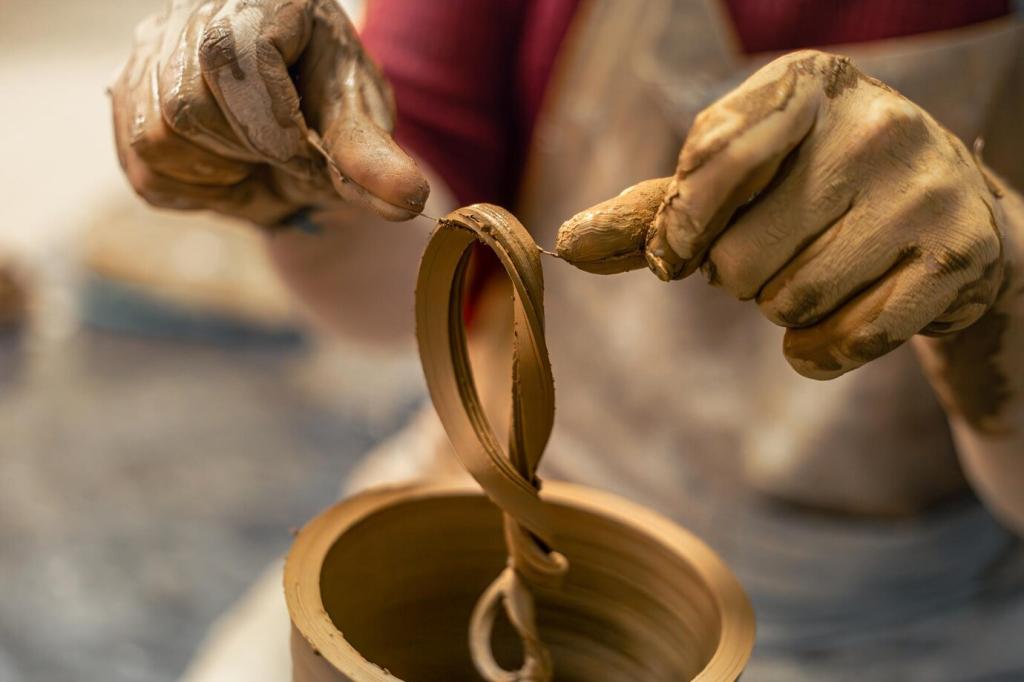Second Life: Repair and Upcycling in Furniture Making
Today’s chosen theme: Repair and Upcycling in Furniture Making. Welcome to a hands-on, heart-led space where worn pieces become worthy companions again. Stay with us, share your own rescues, and subscribe for weekly ideas that turn fixes into stories.
Why Repair and Upcycling Matter Now
Environmental impact you can feel at home
Repair and upcycling reduce landfill waste, cut carbon from new manufacturing, and extend the service life of solid materials. One revived table can avert years of embodied energy loss and become a talking point at dinner.
Keeping craft and history alive
A wobbly oak chair may carry a century of family meals. Tightening its joints honors unseen makers and methods. Share a photo of your heirloom save and tell us which detail—tool marks, dovetails, patina—moved you most.
Value beyond price tags
Repair builds personal value: you learn, you connect, and you curate. Upcycling often costs less than buying new, yet delivers uniqueness. Comment with your cleverest budget fix and the tool that made it possible.
Flip the chair, remove the dust cover, and check rungs, rails, and seat blocks for movement. Look for hairline cracks near mortises, missing screws, and loose dowels. Tell us what your inspection uncovered today.
Assessing Structure and Planning a Revival
Retain original components when they carry history or strength. Replace only what compromises safety. Keep samples of finishes and veneers for matching. Share your decision matrix so others can learn from your trade-offs.
Assessing Structure and Planning a Revival


Essential Tools, Materials, and Safe Practices
A card scraper, sharp chisels, a block plane, and a rubber mallet handle most delicate fixes. Add clamps of varied sizes, a square, and a bradawl. Comment with your indispensable hand tool for tight spaces.
Essential Tools, Materials, and Safe Practices
Use PVA for tight wood joints, hide glue for reversible heritage work, and epoxy for gaps. Choose wood-matching fillers, brass screws for stability, and dowels over nails where possible. Share your trusted glue pairing.
Techniques That Respect Original Craft
Steam gently loosens old hide glue for disassembly. Clean mortises with a chisel, refresh tenons, and reglue with clamps aligned to the joint. Tell us which clamp configuration saved your trickiest chair rung.
Finishes and Textures with Low Impact
Start with soap and water, then mineral spirits to reveal the true condition. Use citrus-based strippers sparingly, protecting veneer edges. Comment if you’ve tried mechanical scraping to reduce chemical use.

Stories from the Workshop and How You Can Join
Found with swollen panels and dragging drawers, it gained new runners, a veneer patch, and wax finish. The owner cried remembering a similar piece from childhood. Share your dawn patrol find and the fix you attempted first.

